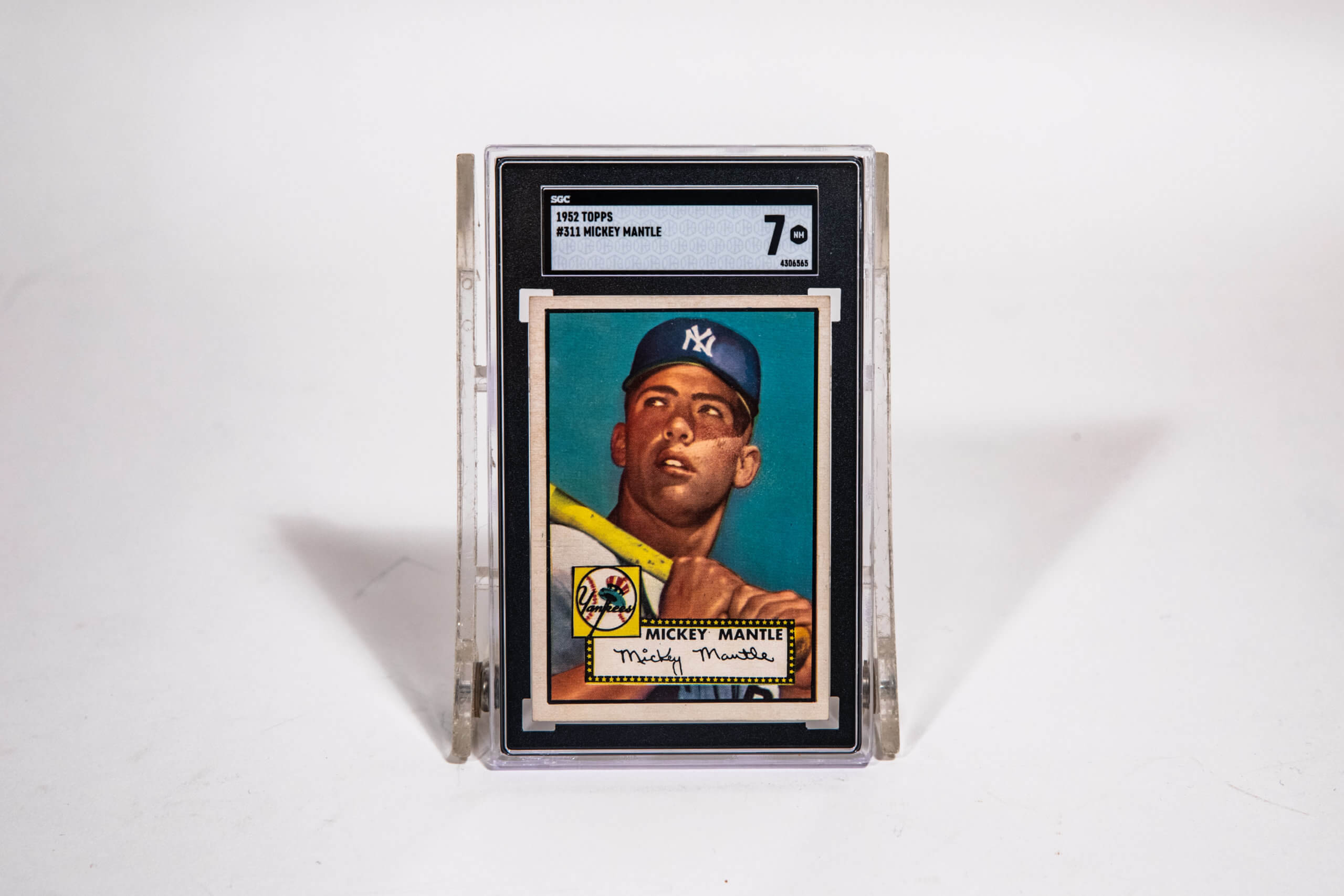Blog > Stories
Superman And Batman: How Surprising Sources Shaped The Characters We Know Today
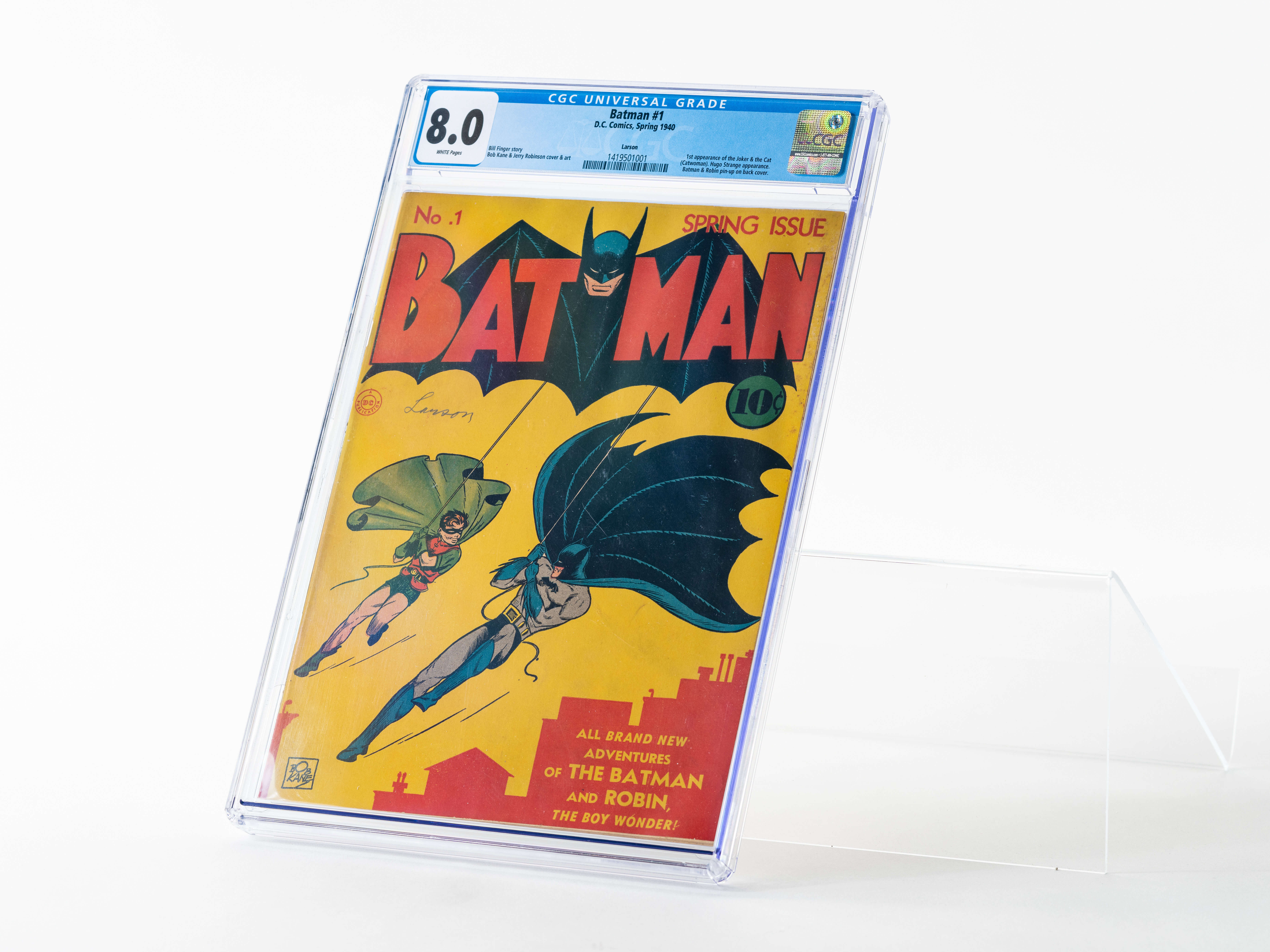
Blog > Stories
Superman And Batman: How Surprising Sources Shaped The Characters We Know Today

Key Items and Powers
Up, Up, and Away!
“Faster than a speeding bullet! More powerful than a locomotive! Able to leap tall buildings in a single bound!” Even though this Superman introduction hasn’t been used in the mainstream for many decades, it was so popular for so long on radio and TV that generations long after can recite it with ease. It’s a great shorthand for Superman’s powers for the most part, but what’s so great about jumping over a building when we all know he can fly?

In just one of many of Superman’s powers that would evolve and expand over time, it all started with him only being able to jump really far (think the Incredible Hulk’s giant leaps). On the comics page, the jumps looked dynamic and impressive frozen in still drawings, but once the Man of Steel transitioned to radio it simply didn’t work anymore.
The Adventures of Superman radio show was a sensation that lasted over a decade. From the moment Superman first appeared in the second episode on February 14, 1940, he always flew (the first episode was a Krypton origin story). His classic line, “Up, up, and away!” signaled to listeners he was taking flight. It would have been absurd for Superman voice actor Bud Collyer to declare he was jumping up and down all across town. This is the first case of Superman flying in any medium.
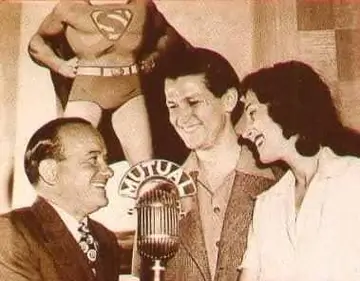
Soon after, a series of highly influential animated Superman shorts were commissioned through the legendary Fleischer Studios (Betty Boop, Popeye). From the start, the creators went with full flying powers for Superman and the results look great. The first short, which was released on September 26, 1941, would be the first time we officially saw Superman fly.
The true moment Superman actually first flew in the comics is foggy because without full motion you can’t tell if he’s flying or leaping for sure. In Action Comics #65 (October 1943) a kid prompts Superman: “Let’s see ya’ fly!” He obliges, taking off and saying his radio line, “Up, up and away!” It’s hardly definitive, but after a few allusions to flight in subsequent years, it’s cemented by 1948 (Action Comics #123), with the narration, “Meanwhile, the punchboard plotters are unaware of a colorful figure flying overhead — Superman, himself!”
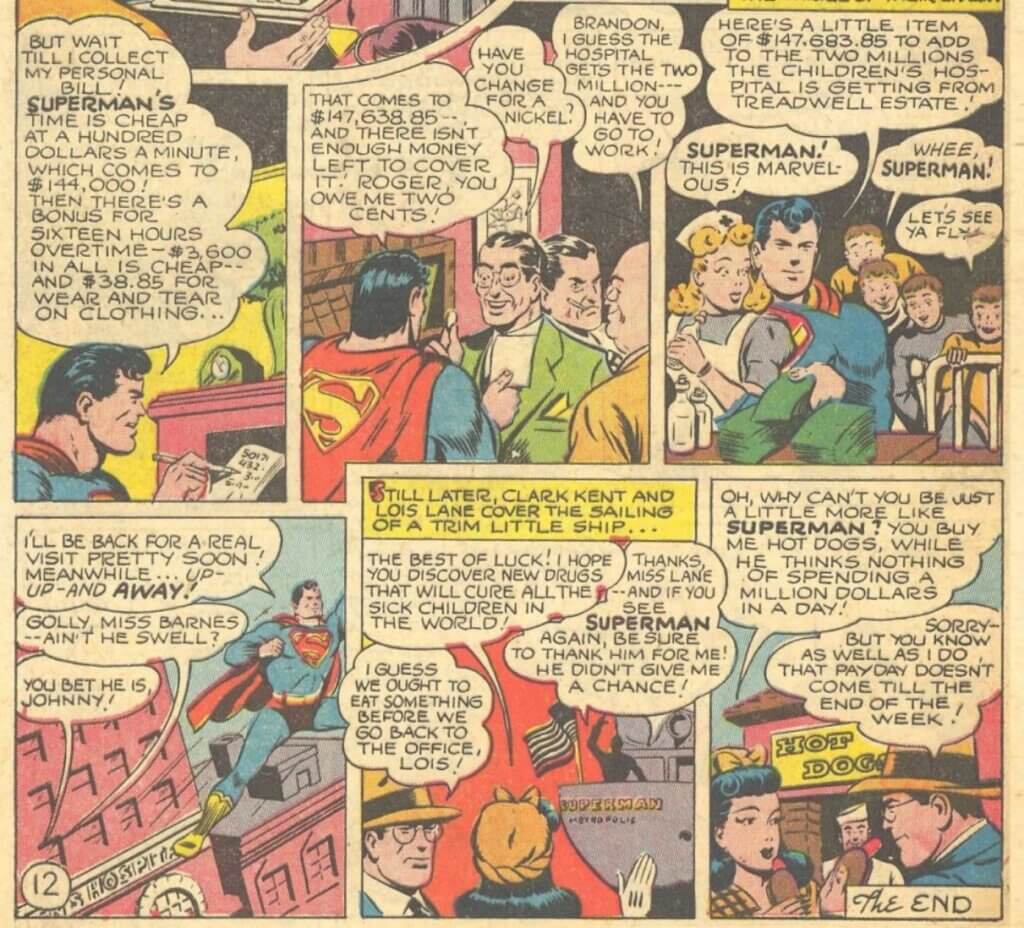

The origin of Kryptonite is much more clear-cut. Like Superman’s flying powers, it came from the radio show. Unfortunately, as with several of Superman’s radio adventures, the first appearance of Krypton is mostly lost. Of the 7-episode series, “The Meteor from Krypton,” only one is currently available. On the bright side, the narration provides a recap of previous events.
“In previous episodes, we heard how a flaming meteor flashed through the heavens and landed on a farm a few miles outside Metropolis. Sent to cover the story, Superman in his guise of a mild mannered reporter, Clark Kent, found that when he approached the meteor he grew dizzy and seemed to lose all strength.”
The Adventures of Superman “The Meteor from Krypton” episode 3 of 7. Aired June 7, 1943.
This episode contains the first time the substance is officially named. Lois Lane explains to Clark Kent and Perry White that she talked with Dr. John Whistler, head of the department of meteorology at the Metropolis Museum, about the strange meteor. He said that it came from the planet Krypton, which some Earth astronomers somehow know about. Whistler gave it the only title that made sense. “The name of that meteor is Kryptonite,” Lois said.
We wouldn’t know how the story wrapped up, except that Kryptonite returned to the radio show two years later and the narrator provided a recap to refresh everyone’s memory.
“A flaming meteor fell out of the sky and landed in an open field of Metropolis. Brought to the Metropolis Museum by Dr. John Whistler, a famous meteorologist, it was discovered to be a piece of Kryptonite, a fragment of the shattered planet Krypton. Sent to interview Dr. Whistler at the museum, Clark Kent (in reality Superman), discovered to his horror that if he approached within ten feet of the strange green glowing meteor he lost all his strength. Panic stricken, he influenced Whistler to seal the meteor in a private vault. But now the meteorologist is dead and Kent is fearful lest the vault be opened and the dangerous piece of Kryptonite fall into strange hands.”
The Adventures of Superman “The Meteor of Kryptonite” episode 2 of 2. Aired September 25, 1945.
Strangely, the comics didn’t adopt Kryptonite for many years after these two significant radio runs. The first Superman live-action serial starring Kirk Alyn even used Kryptonite before the comics in 1948. This may have been the catalyst to make it happen, however, as (red!) Krytonite finally debuted in Superman #61 (November 1949).
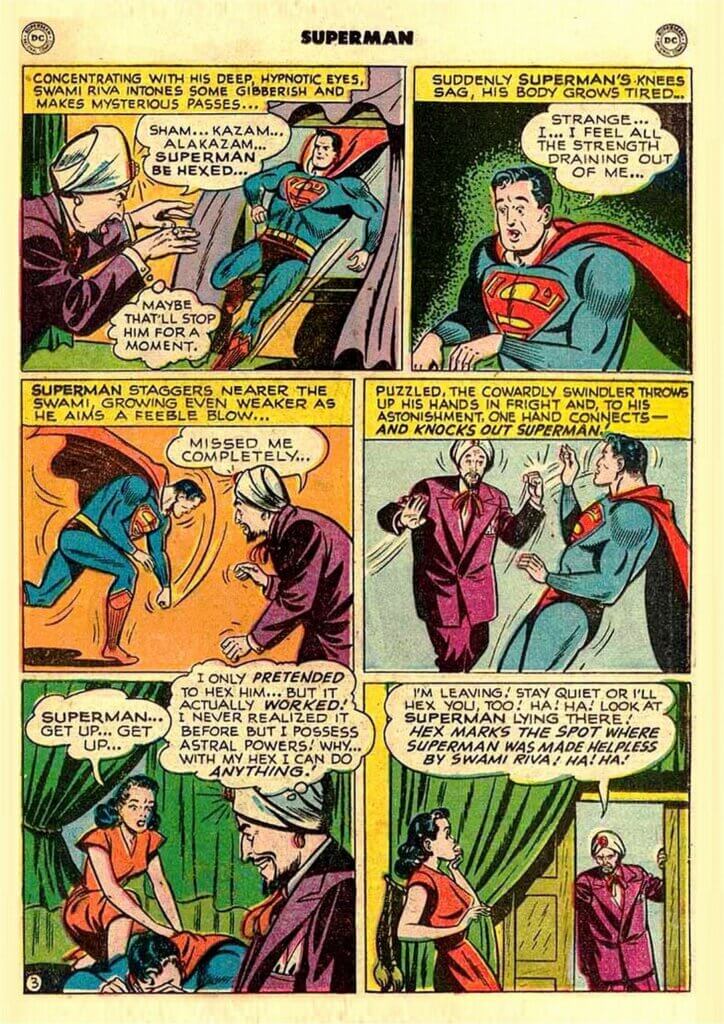
In a strange twist, Kryptonite could have been alluded to in the comics all the way back in 1940. Superman co-creator Jerry Siegel wrote a story called “The K-Metal from Krypton.” This material sapped Superman’s strength like we’re all accustomed to, but it also powered up humans. The story was rejected by his editors not because Siegel made something that could finally topple Superman, but because he revealed his secret identity to Lois Lane. They weren’t ready to go there quite yet.
Where Does He Get Those Wonderful Toys?
Since Batman has no superpowers, the comparable category would be his many gadgets. The thing that houses them all, his utility belt, functionally debuted relatively quickly in Detective Comics #29 (July 1939). After getting shot by a henchman, a bleeding Batman slides a glass pellet out of his belt. He chucks it on the ground and breaks through a window as “deadly gas” fills the room.
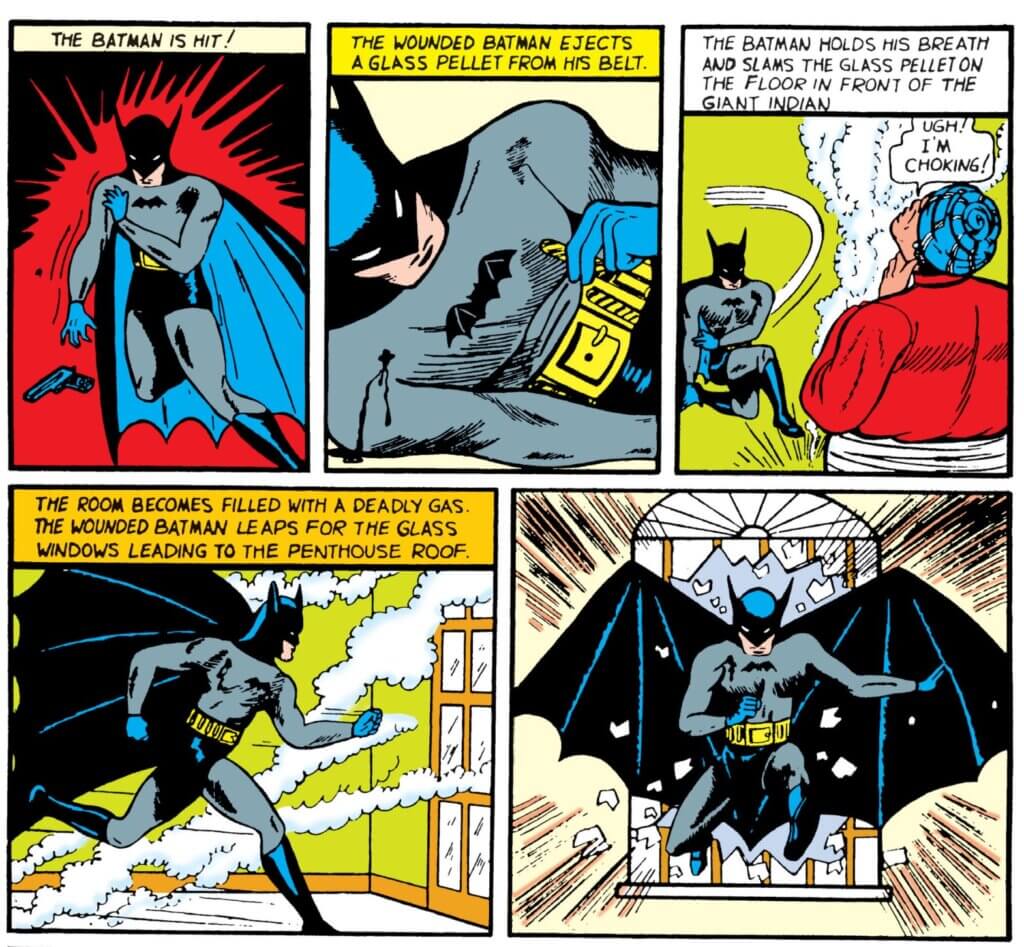
You know who else had a strikingly similar utility vest since his debut six years earlier? Our Man of Bronze, Doc Savage. Like Batman, he produced all manner of helpful items from his vest, including, but not limited to, knockout gas. He even wore a belt version a couple of times during underwater adventures.
This is aside from the fact that Bruce Wayne and Clark Savage, Jr. were both exceedingly rich from inheritance, super smart from dedicated study, in peak physical condition from endless training, and had no superpowers. The rich playboy who secretly fought crime at night was somewhat of a popular trope at the time (see Zorro, The Spider, The Green Hornet, and the radio version of The Shadow).
Even the wealthiest crime fighters didn’t blow their cash on the proto-computers that had just hit the scene in the late ‘30s and early ‘40s. Not until the swinging ‘60s TV show did we see computing power first introduced to the Batcave.
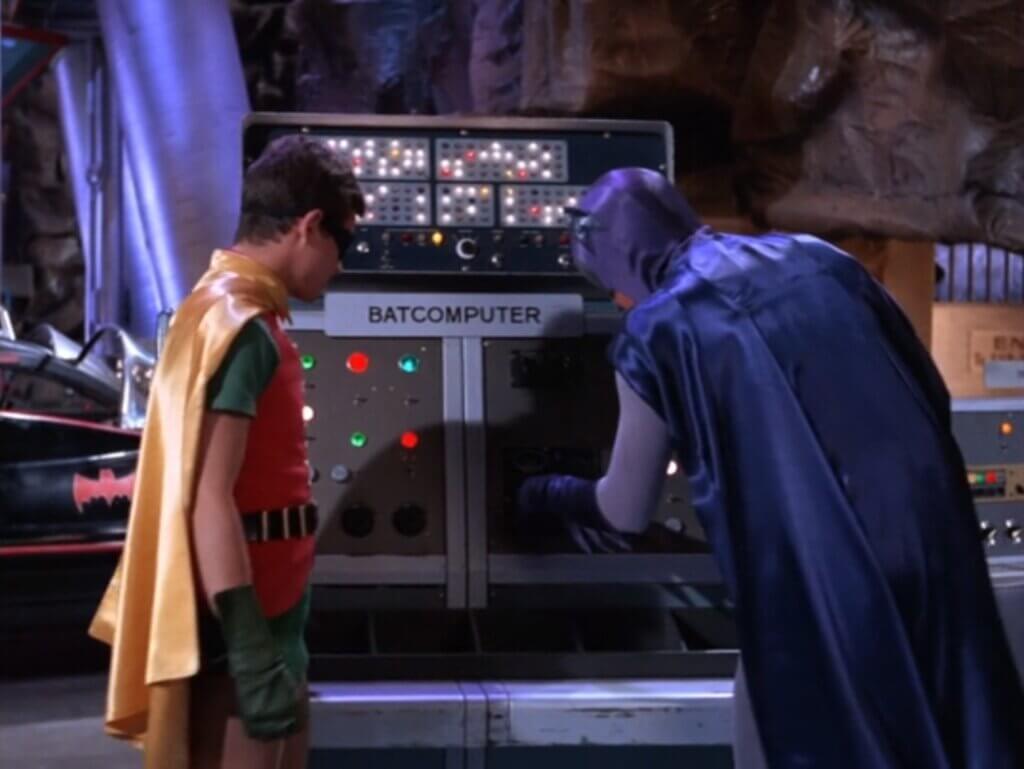
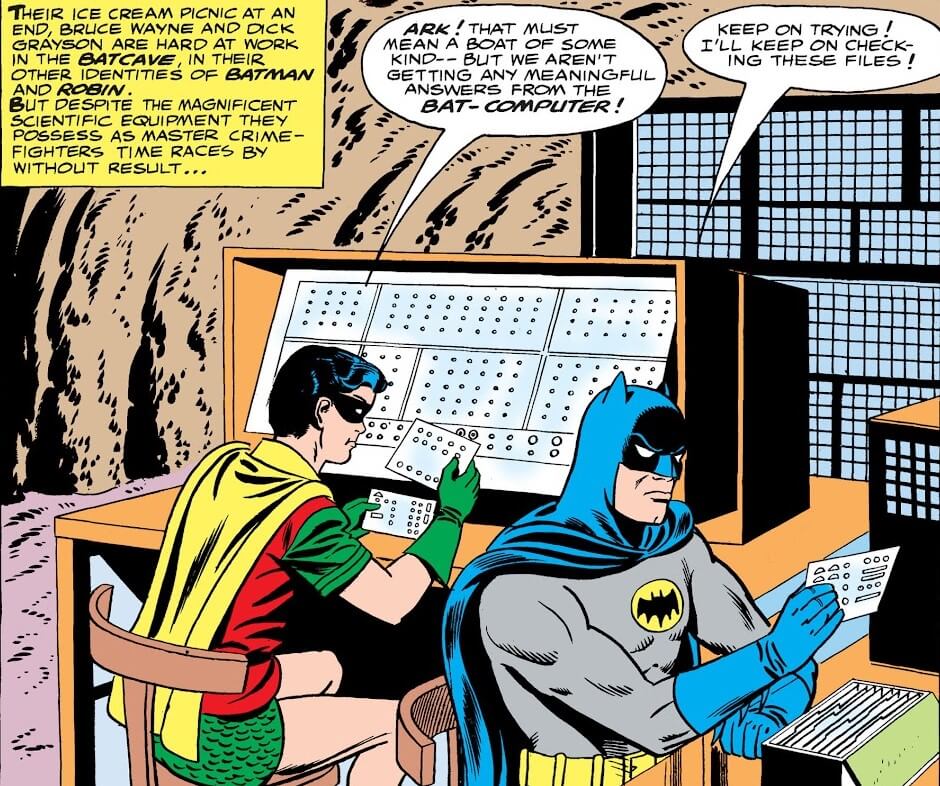
In the October 12, 1966 episode “The Clock King’s Crazy Crimes,” Batman uses the Batcomputer to help solve the case (it’s got a sign on it and everything). It wasn’t long before this device made its way into the comics as they capitalized on the success of the show. In Batman #189 (February 1967) Batman and Robin used the device to help track down the Scarecrow. In both cases, the Dynamic Duo somehow asks the Batcomputer a question (there is no keyboard or monitor) and it spits out a card with the answer.
Although Batman has been using a rope tied to a batarang to scale buildings or swing into (or out of) danger since the early days of his crime-fighting career, his now-trademark grapple gun didn’t appear until Tim Burton’s Batman movie in 1989. While there are a few examples of Batman shooting out some sort of grabbing device attached to a rope, none of them had the motorized pulley system that would lift him up to the target point. He had to slowly and exhaustingly climb the rope instead.
These devices included the unfortunately named Batpoon (World’s Finest Comics #9 [Spring 1943]), “suction-cap climbing ropes” (Batman #183 [August 1966], batarang rope launcher (Justice League of America #196 [November, 1981]), and a grapple spike rifle (The Dark Knight Returns [June, 1986]).
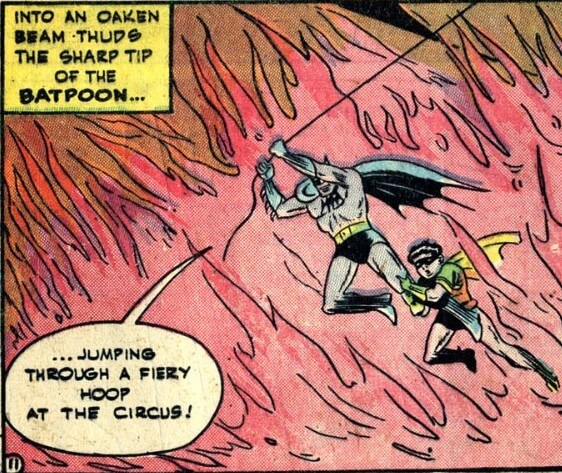
The Batman 1989 grappling gun looked cool, was an unquestionable practical improvement, and avoided any shots that resembled the ‘60s Batman TV show’s silly rope climbing. The film debuted in June and by November 1989 it seemed like the comics were ready to adopt the new tech in Batman #441. Despite using the batarang/rope combo earlier in the issue, Batman uses a grapple gun to get to the top of a bridge to rescue a hostage. Strangely, we wouldn’t see another grapple gun in the comics until Batman #458 (January 1991).
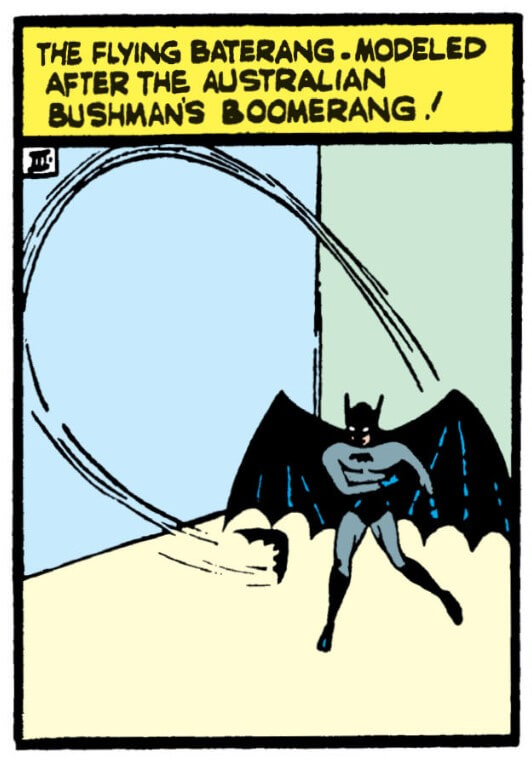
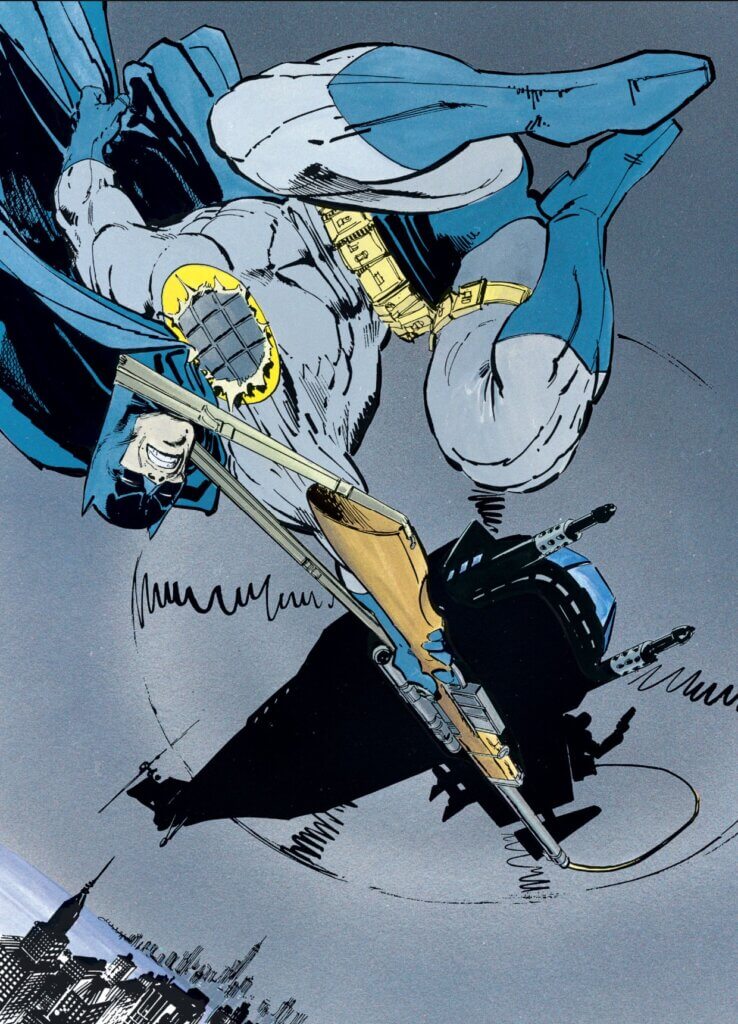
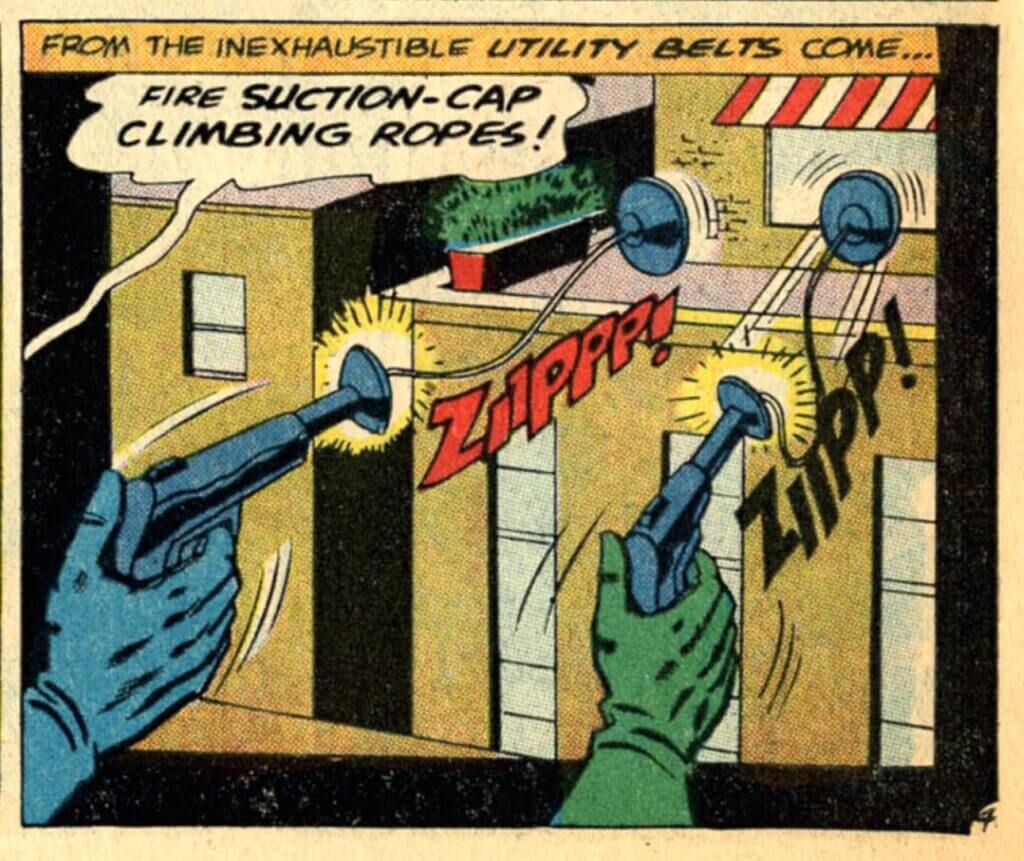
Batman Returns hit theaters in June 1992 and Batman: The Animated Series debuted on TV that September. Both cemented the grapple gun as an essential element in Batman’s arsenal to the pop culture masses and the comics couldn’t help but fall in line.






